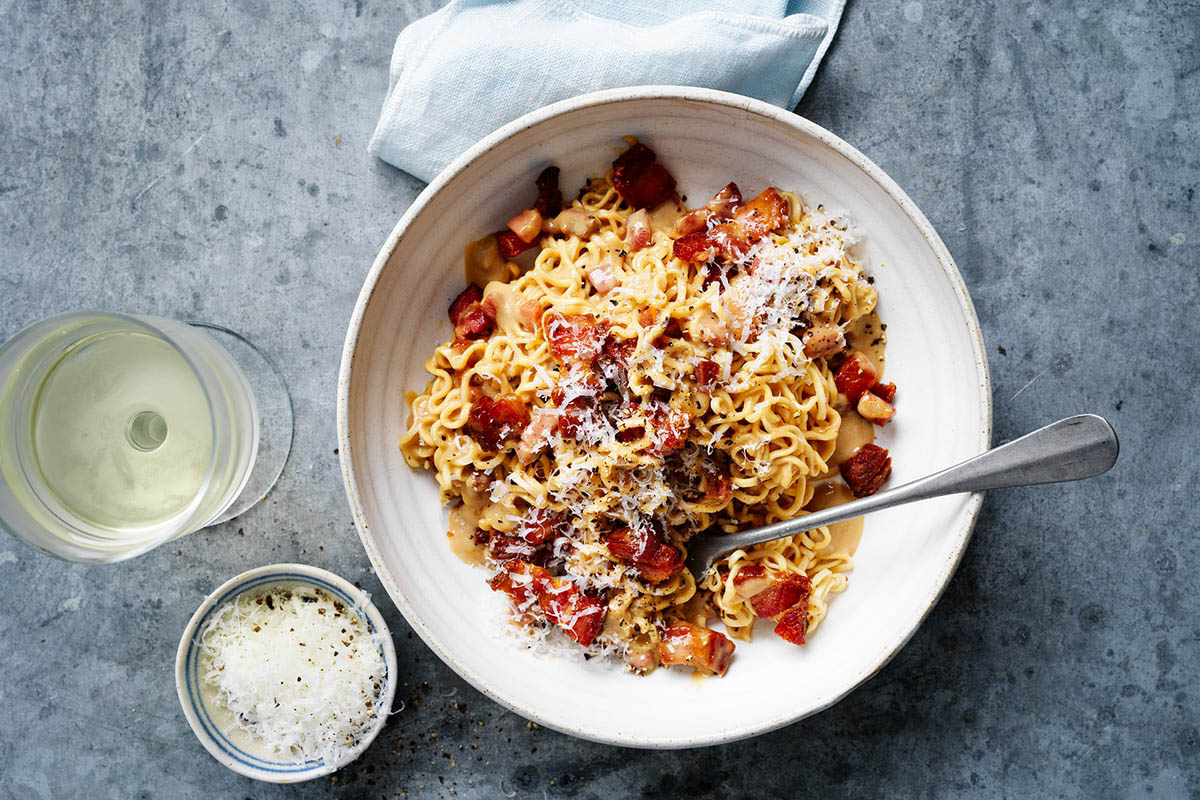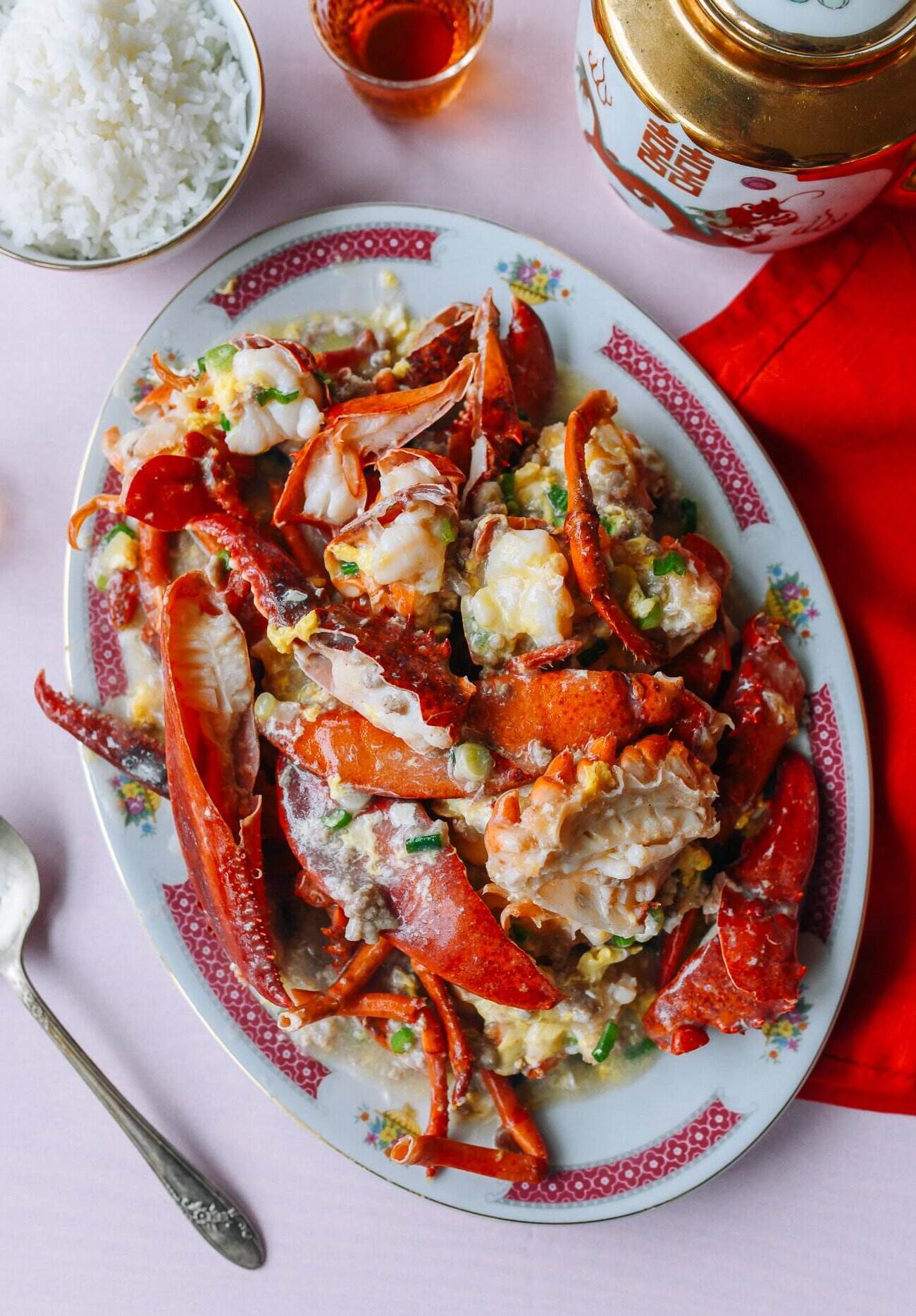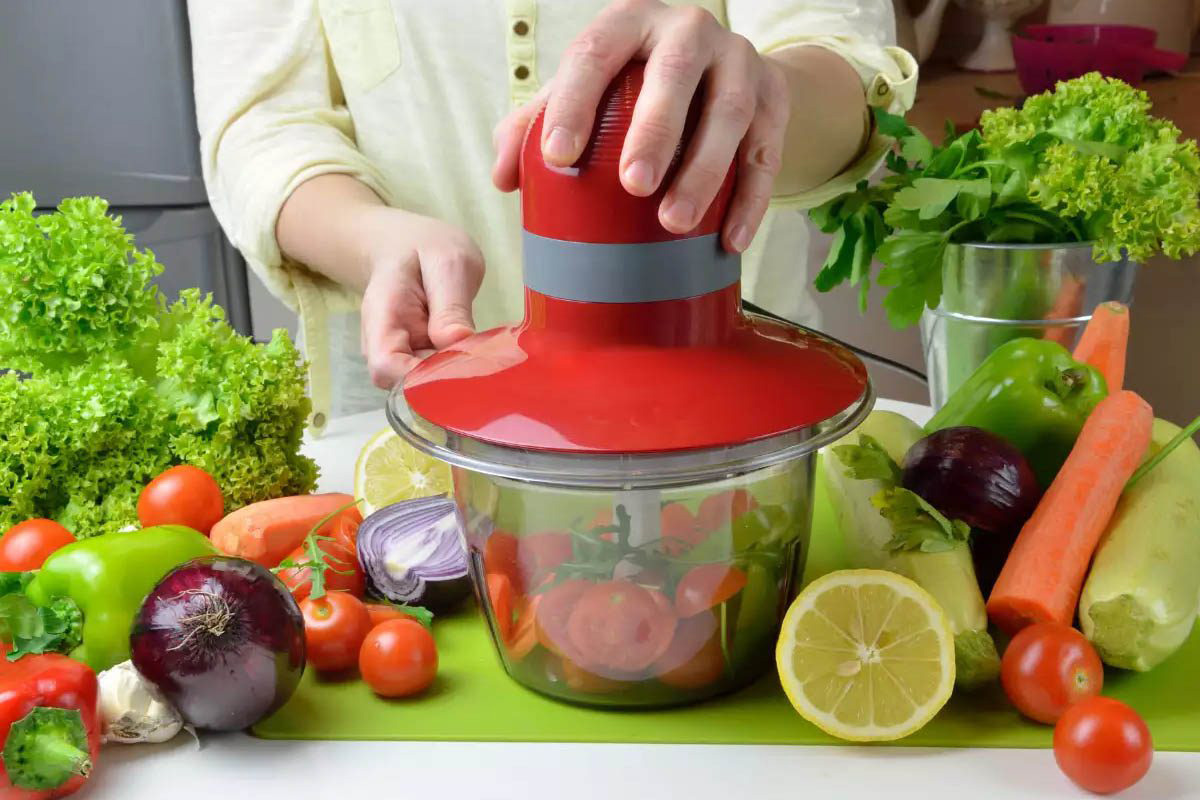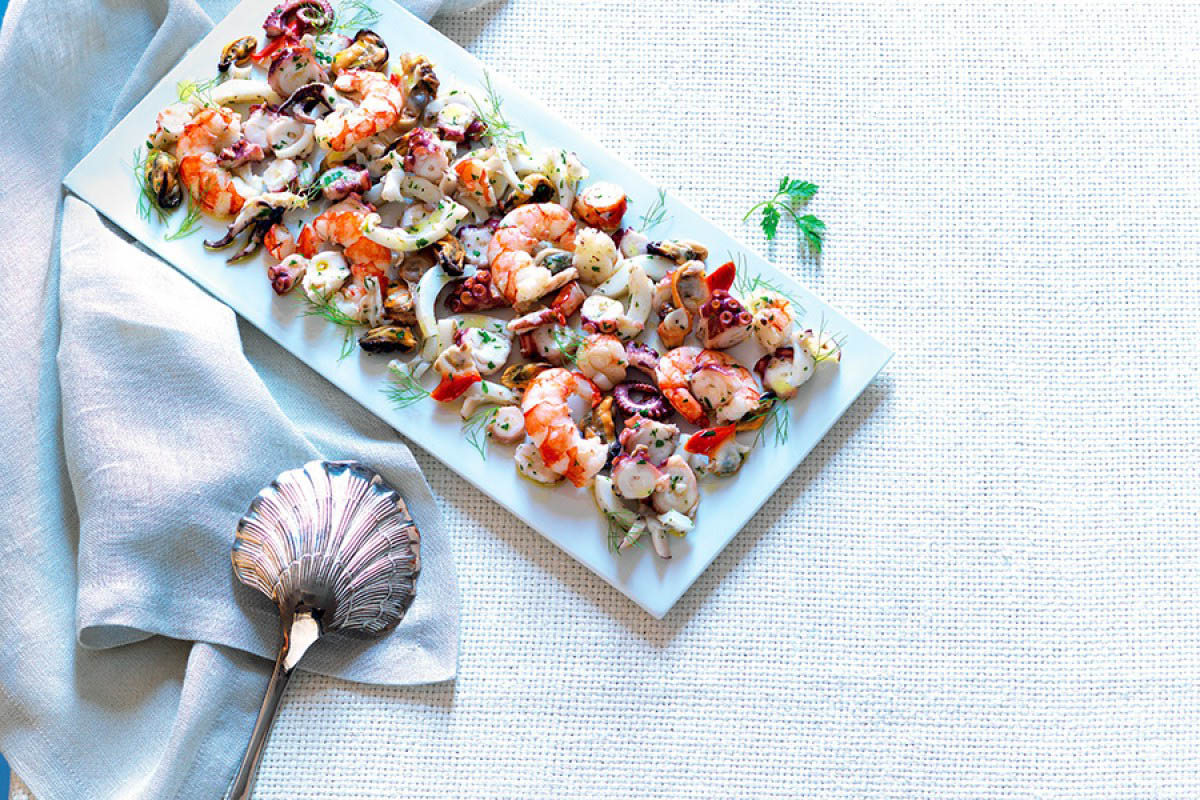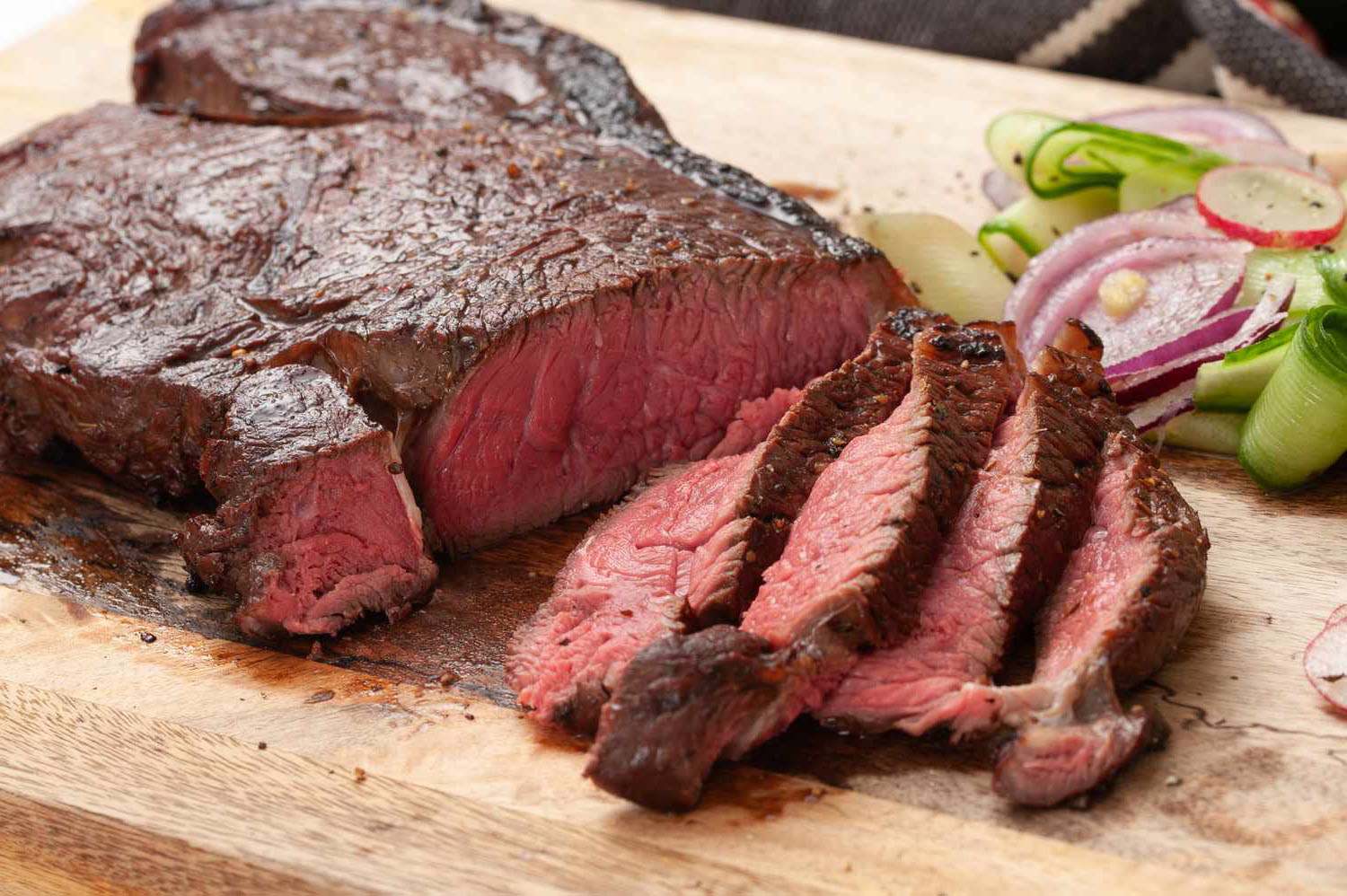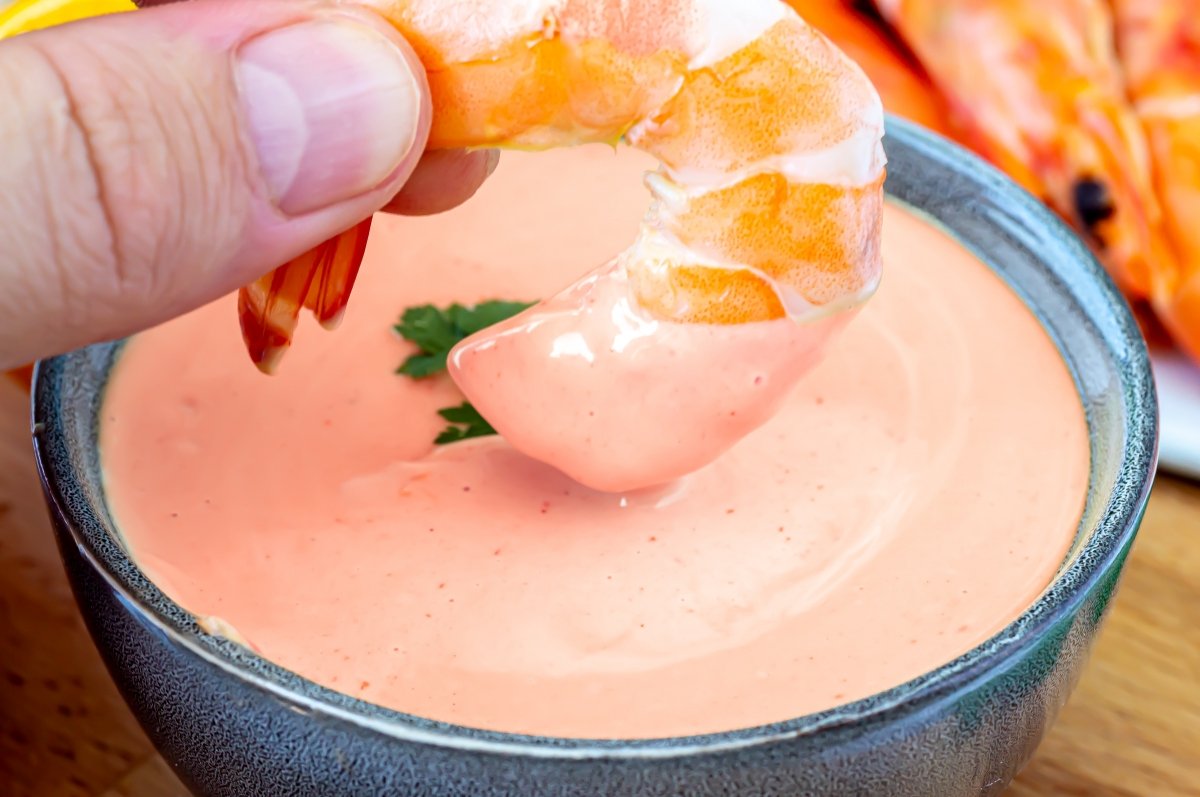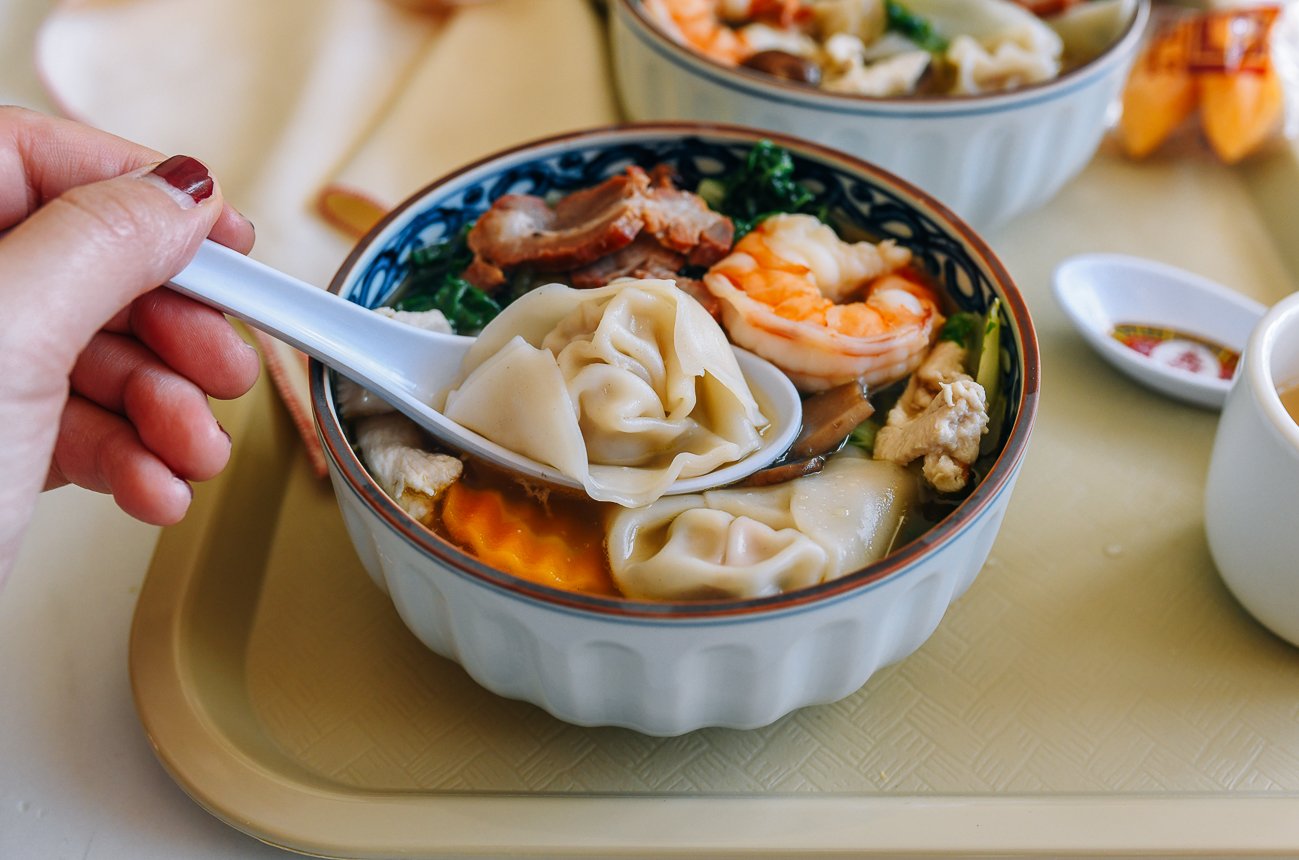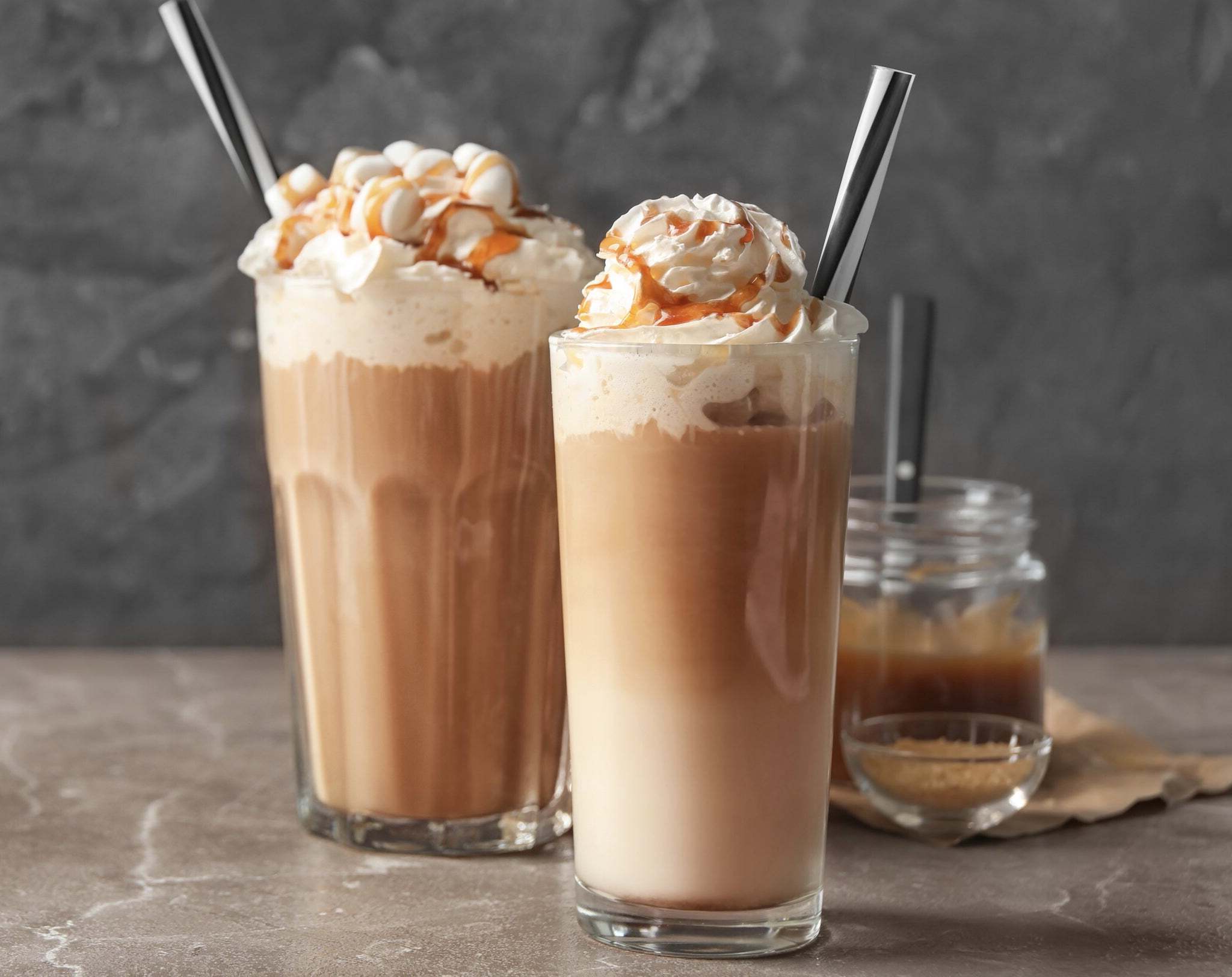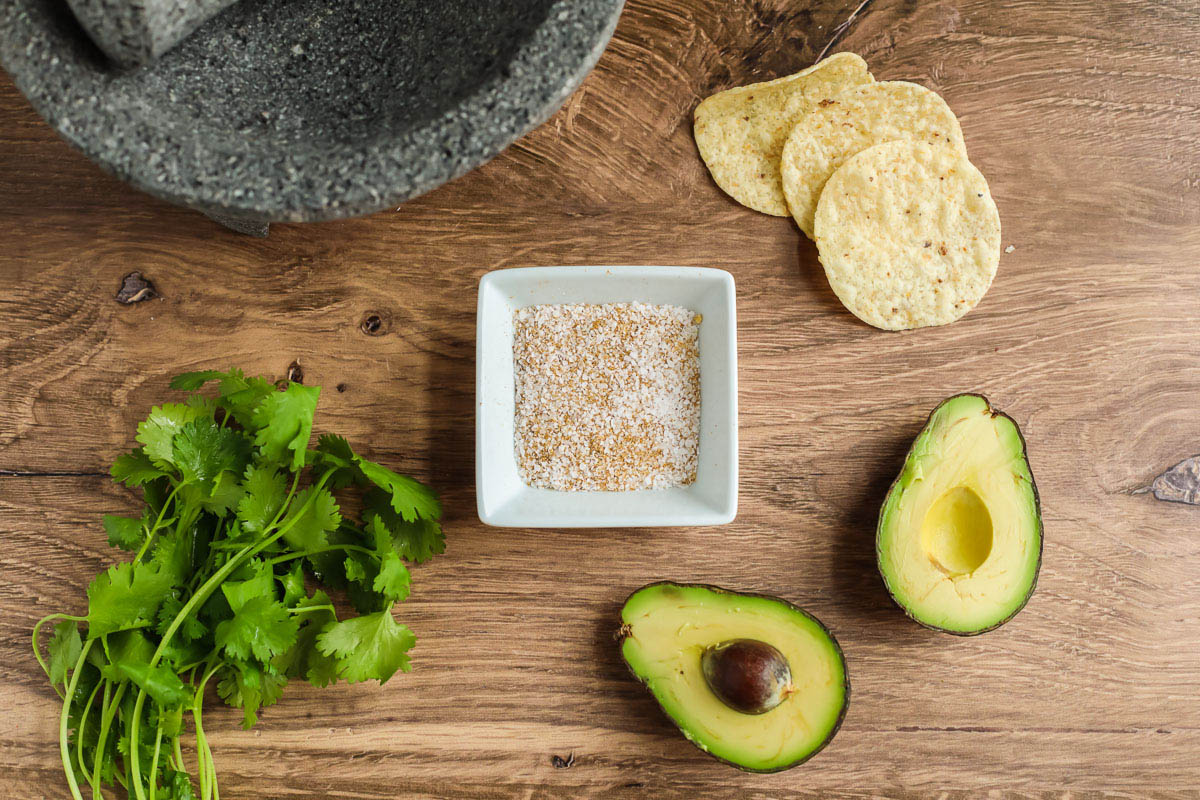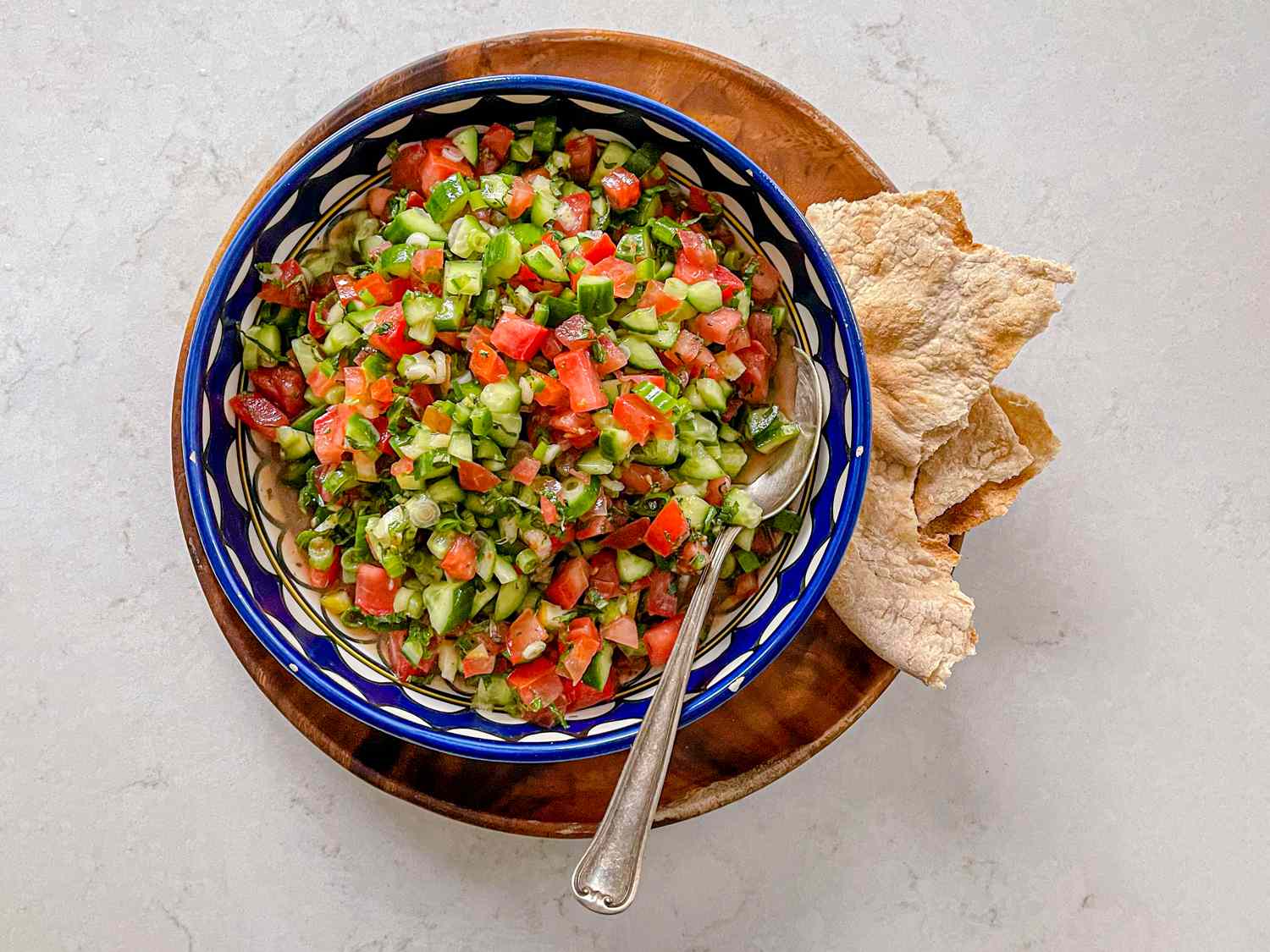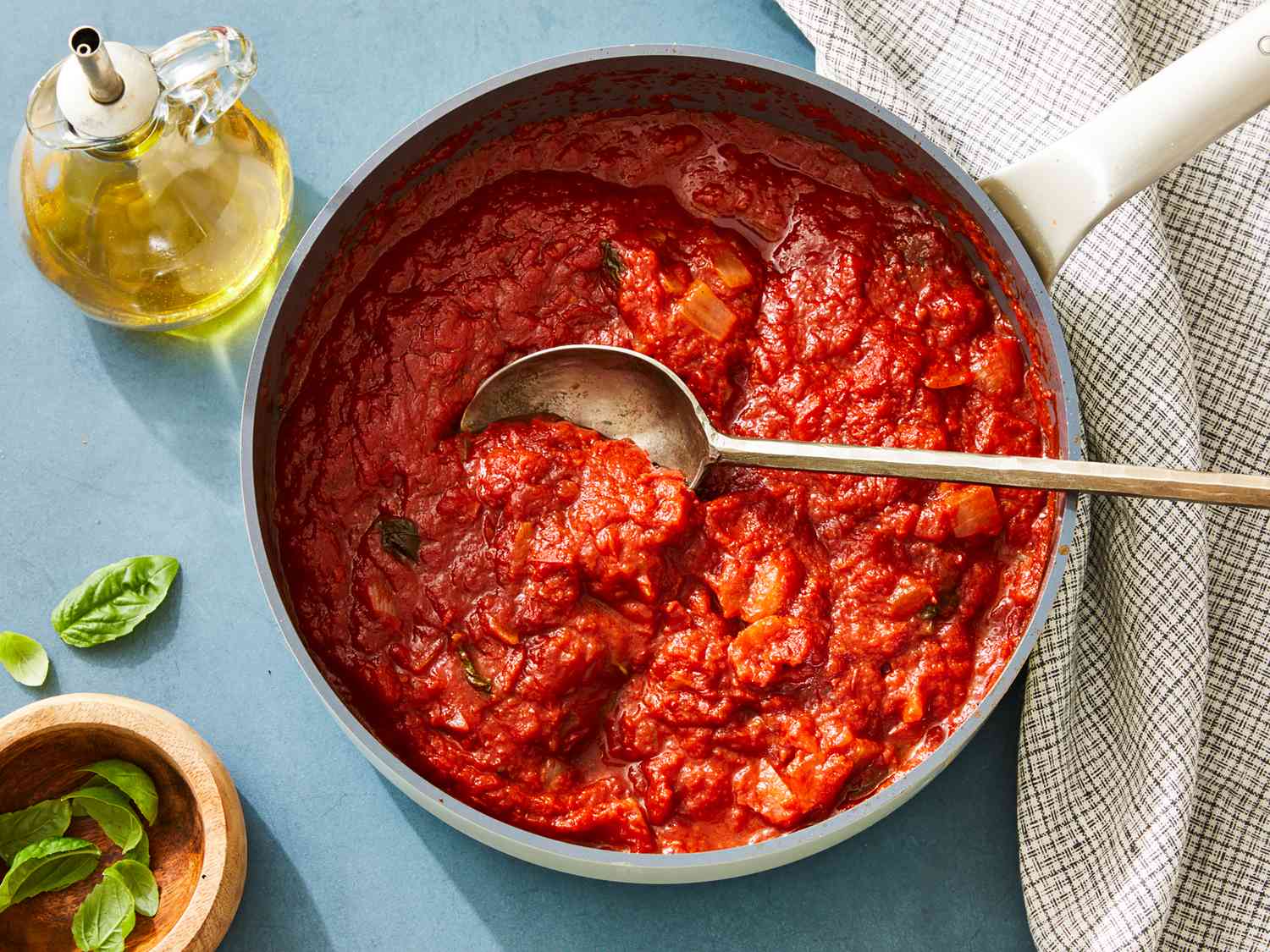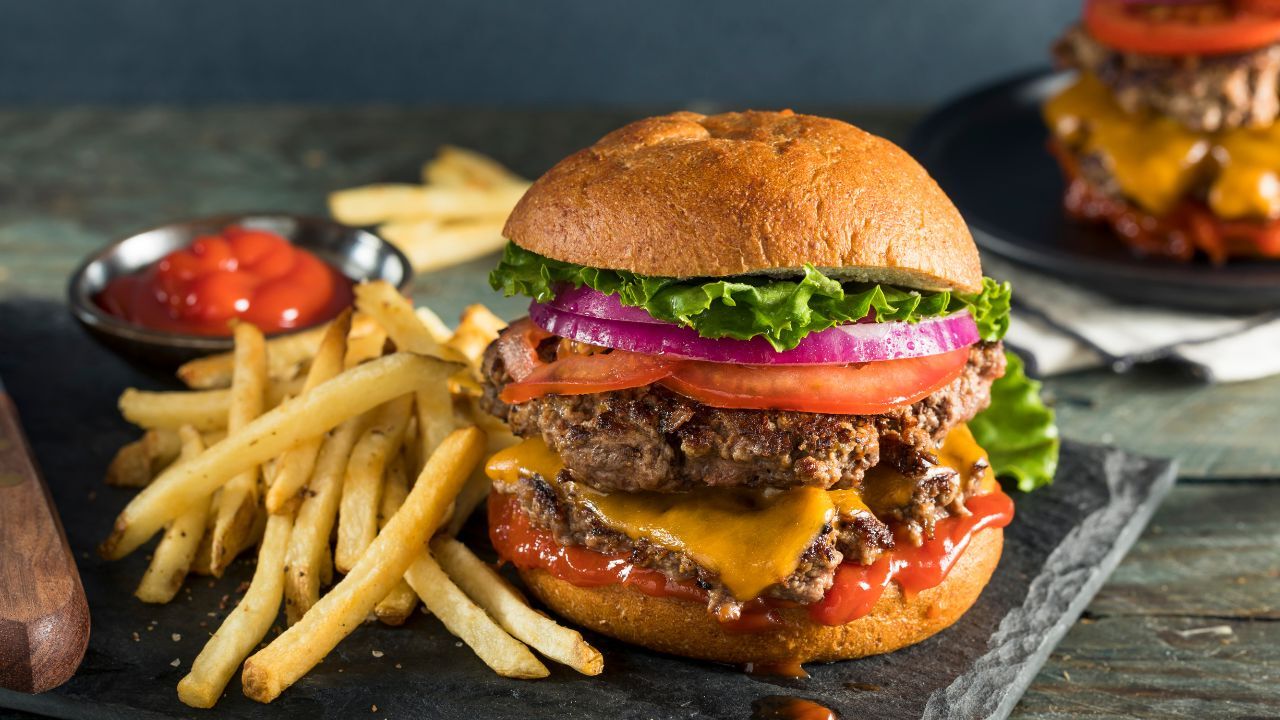Understanding White Butter: A Delicious and Versatile Ingredient
White butter, also known as unsalted butter, is a creamy and rich dairy product that is widely used in cooking and baking. It is made from fresh milk or cream and has a pale color due to the absence of added coloring agents. This versatile ingredient is a staple in many kitchens and is loved for its smooth texture and rich flavor.
How Is White Butter Made?
White butter is typically made by churning fresh cream or milk until it reaches a solid state. The process involves separating the fat from the liquid components of the milk, resulting in a smooth and creamy butter. Unlike salted butter, white butter does not contain any added salt, allowing its natural flavors to shine through in various culinary applications.
Uses in Cooking
White butter is a key ingredient in both savory and sweet dishes. Its rich and creamy texture makes it a popular choice for sautéing vegetables, searing meats, and creating flavorful sauces. In baking, white butter is essential for making tender cakes, flaky pastries, and buttery cookies. Its neutral flavor also makes it a versatile option for spreading on toast or using as a topping for pancakes and waffles.
Health Benefits
While white butter is high in saturated fat, it also contains essential nutrients such as vitamin A, vitamin D, and calcium. When consumed in moderation, it can be part of a balanced diet. Additionally, white butter adds richness and flavor to dishes, which can enhance the overall enjoyment of meals.
Substituting White Butter
For those looking to reduce their saturated fat intake or avoid dairy products, there are several alternatives to white butter:
- Vegan Butter: Made from plant-based oils such as coconut, soy, or avocado, vegan butter offers a dairy-free option for cooking and baking.
- Olive Oil: In savory dishes, olive oil can be used as a substitute for white butter, adding a distinct flavor and healthy monounsaturated fats.
- Applesauce: When baking, applesauce can replace white butter to reduce fat content and add natural sweetness to recipes.
Conclusion
White butter is a beloved ingredient in the culinary world, valued for its rich flavor and versatility. Whether used to create indulgent desserts or to add depth to savory dishes, white butter remains a kitchen essential. Understanding its role in cooking and being mindful of portion sizes can help individuals enjoy the deliciousness of white butter while maintaining a balanced diet.
Next time you reach for a stick of white butter, consider the many ways it can elevate your culinary creations and bring joy to your taste buds.
Was this page helpful?
Read Next: What Is Stew Chicken?
